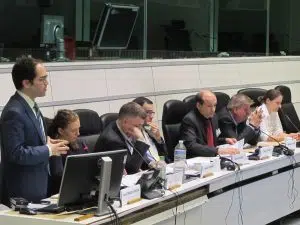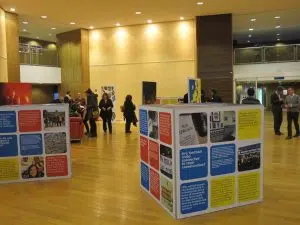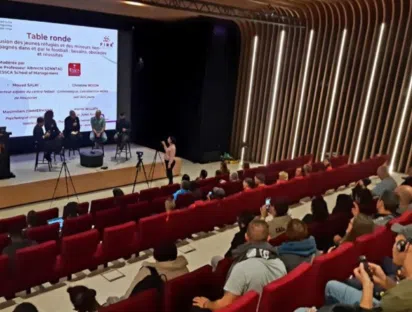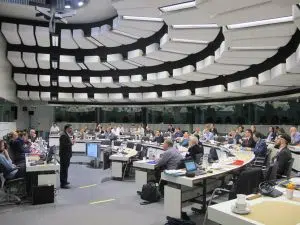
The project’s finding were discussed in three different roundtables composed of external experts and stakeholders of European football. Each of these high-level debates was preceded by a short presentation by one of the FREE researchers, and each one was followed by a lively discussion with the audience.The event was wrapped up at the end of the afternoon by an exchange between Jonathan Hill, head of cabinet of Commissioner Tibor Navracsics, Simon Kuper, from the Financial Times, and Albrecht Sonntag, the coordinator of FREE. The feedback on this compact and rather intensive day was overwhelmingly positive – a detailed conference report will soon be available online on the project website. As pointed out in the most recent issue of the FREE newsletter, the official end of the funding period is far from being the final whistle under a project that has only just started to making its findings available to the academic community and the wider public. A significant number of various publications is under way and will keep the consortium busy for the months and years to come.
During the final general assembly of the project, which was scheduled on Wednesday 18 March, the team of twenty researchers from the nine European universities that made up the consortium, had the opportunity to visit the exhibition “Whose Game Is It?”, based on the field work carried out with supporters across Europe and currently on show in the heart of the emblematic Berlaymont building of the European Commission. A very fitting place to conclude a project that was profoundly European in scope and character.

